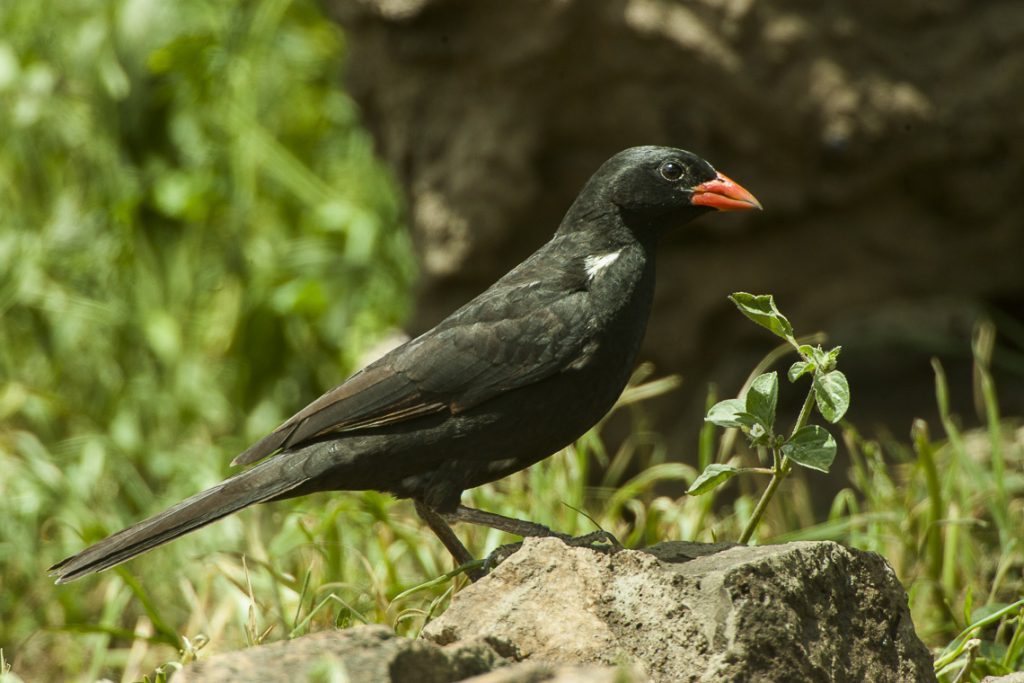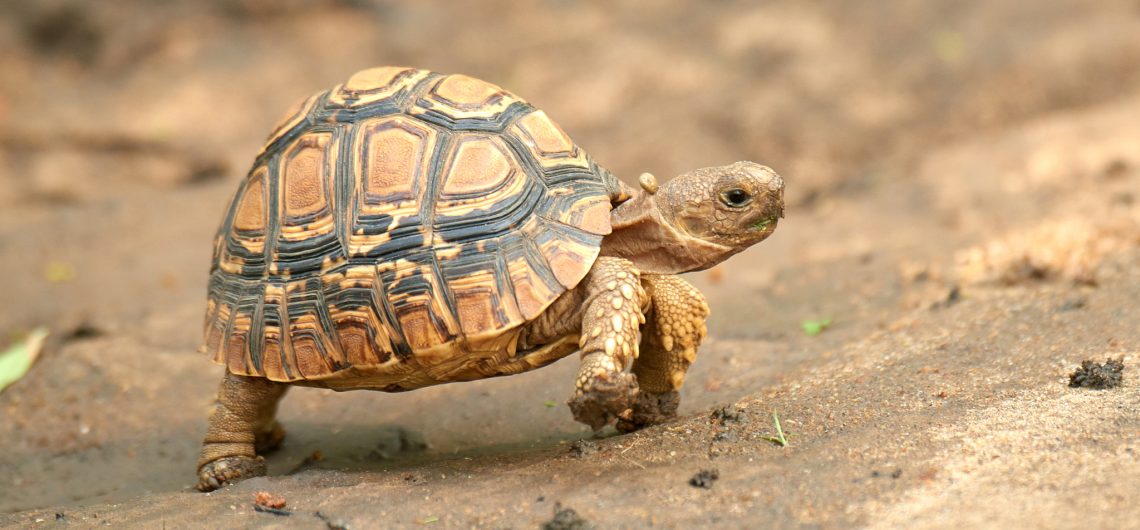THE LITTLE 5 ANIMALS
The Little Five of Tanzania
The Little Five of the Animal Kingdom in Africa Tanzania is famed for its large numbers of the famous Big Five (Lion, Leopard,
Elephant, Rhino, Buffalo). Many of us are unaware that Tanzania is also known for the Small Five or the Little Five. These are wonderful little creatures whose names correspond to the big five, yet are much smaller. Tanzania provides some great opportunities to spot these species while on safari, especially with the eagle eyes of an excellent guide.
ELEPHANT SHREW (MACROSCELIDIDAE)
Elephant shrews, or sengis, are the smallest insect-eating mammal. Their name, “elephant shrew,” is a nod to their long nose, which has a vague likeness to an elephant’s trunk. Exclusively found on the African continent, elephant shrews are
known for their timidity and quickness. They can be between four and twelve inches long (not counting their tail), with the heaviest close to 1.5 lbs. They’re also sometimes known as “jumping shrews” because of their ability to jump as high as three feet. With a diet of termites, ants, worms, and spiders, elephant shrews are endangered due to their vanishing habitat. The grey-faced shrew is only found in two forests in Tanzania.

LEOPARD TORTOISE (STIGMOCHELYS PARDALIS)
Leopard tortoises are the largest among the Little Five. Their carapace’s golden and black pattern is leopard-like, hence their name. The best place for a leopard tortoise sighting is in the grasslands in eastern Africa, from Sudan south to South Africa. They grow between 16 to 28 inches and weigh around 40 to 120 pounds. Leopard tortoises feed on mushrooms, plant sap, and fruits and generally live from 80 to 100 years.

RHINO BEETLE (DYNASTINAE)
Rhino Beetles are the largest species of beetles on the planet. Once you see the horn on the head of the male rhino beetle, you’ll know just how it got its name. The rhino beetle might look intimidating, and the hissing noise it makes when disturbed might sound scary, but it is harmless to humans who leave it alone. The horn is used for defensive purposes–and a way to dig for its food. They feed on nectar and plant sap and grow to around 6 cm, weighing between 30 and 40 grams.

ANTLION (MYRMELEONTIDAE)
Antlions are the smallest of the Little Five. They are not ants, but they feed on ants. And when feeding, they behave aggressively–like a lion, earning them their name. They are called antlions during their larval stage, when, interestingly, they can trap
and eat small insects. Adult antlions are usually 4 cm long, with a wing span of 8 cm. Like caterpillars, they undergo a metamorphosis. They prefer sandy areas.

BUFFALO WEAVER (BUBALORNIS NIGER)
The buffalo weaver is the only bird of the Little Five. All three species of buffalo weavers are found in Tanzania: red-billed, white-billed, and white-headed. Buffalo weavers are social birds, with various bird calls during gatherings. They grow to around 10 inches and feed on small insects, fruits, and seeds. Although most weavers have tidy nests, the buffalo weaver’s nest is more of a combination of leaves


